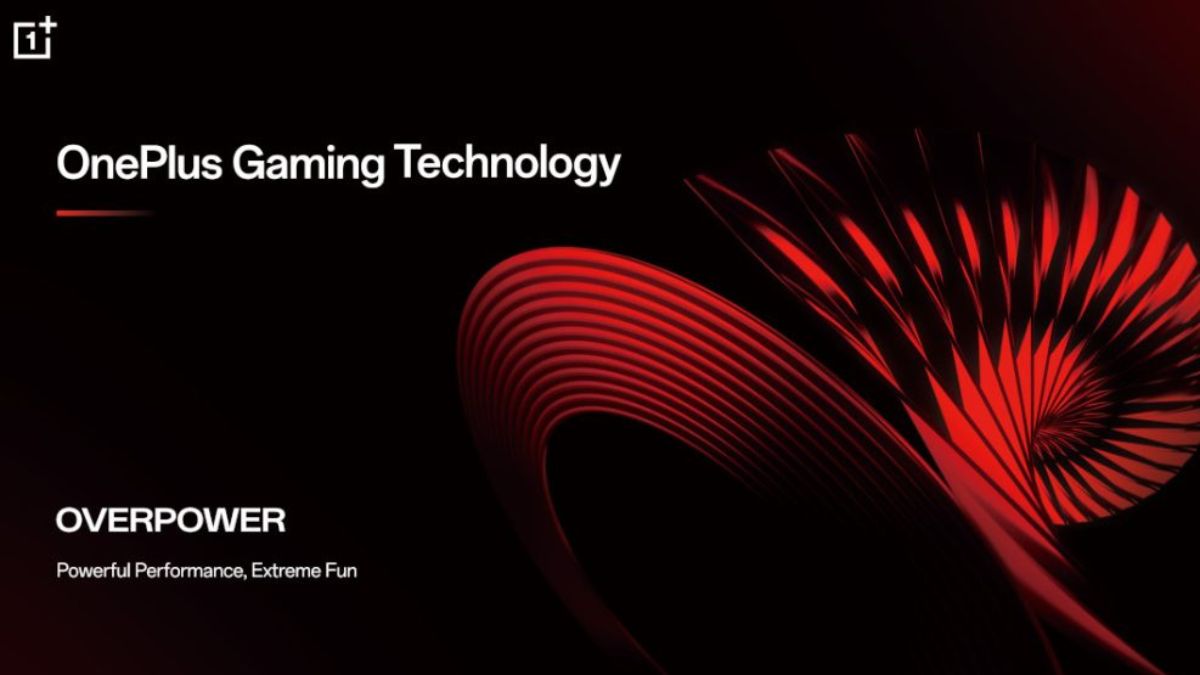OnePlus has announced its new OnePlus Gaming Technology, a system designed to improve how games perform on its smartphones. It brings together three key parts: OP Gaming Core, Performance Tri-Chip, and OP FPS Max. OnePlus says this setup will make mobile gaming smoother, faster, and more stable. But the real question is whether it will make a noticeable difference in actual gameplay.
OP Gaming Core: Smarter Performance at the Chip Level
OP Gaming Core is the most notable feature. It is a new system built by OnePlus from the ground up. The company says it has written more than 20,000 lines of original code and holds over 250 patents related to this feature.
This system works deep inside the phone’s processor to make games run more efficiently. The OnePlus CPU Scheduler studies how games use the phone’s resources and makes adjustments to reduce unnecessary load. OnePlus claims this reduces CPU usage by around 22%, helping the phone stay cooler and save power.
There is also a new Next-Gen HyperRendering feature. It improves how graphics are processed and displayed. The company says it can boost rendering efficiency by up to 80%, which means smoother visuals and better frame rates. Instead of using a separate chip for image processing, everything happens within the main chipset. This should help reduce lag and keep graphics sharp and steady.
These are strong claims, but how well it works will depend on real-world testing. Games that are optimized for this system might perform better, but we will have to wait to see if it makes a big difference across all titles.
Performance Tri-Chip: Hardware That Works Together
OnePlus has also introduced what it calls the Performance Tri-Chip system. It includes three dedicated chips: one for performance, one for touch response, and one for Wi-Fi stability.
The Performance Chip is based on Qualcomm’s Snapdragon 8 Elite Gen 5 and is tuned for gaming. The Touch Response Chip improves how the screen reacts to touch. It supports a 330Hz sampling rate and a 3200Hz instant touch rate. This means the phone should respond faster to every tap and swipe, which can help during fast-paced gaming sessions. The Wi-Fi Chip G2 improves online gaming by managing connections more intelligently. It keeps the signal stable, even in weak network areas, and prioritizes gaming data to reduce lag. This can be especially helpful for online multiplayer games where even a small delay can affect the result.
OP FPS Max: Pushing Frame Rates Further
OnePlus also introduced OP FPS Max, a new feature designed to deliver 165fps gaming on supported phones. Most high-end phones today go up to 120fps, so this is a step ahead. The company says it has spent three years developing this system, which combines a custom 165Hz display, chip-level optimization, and software tuning to keep gameplay smooth and consistent.
For now, only a few games support 165fps, but OnePlus plans to work with developers to expand compatibility in the future. This could give OnePlus phones an advantage among gamers who value ultra-smooth motion.

All these new technologies will debut with the OnePlus 15 Series. On paper, it sounds like a big step forward in mobile gaming. The mix of software intelligence and hardware optimization could help OnePlus stand out in a competitive market. However, many of these improvements will need real-world testing to prove their impact. Features like reduced CPU load, improved graphics rendering, and faster touch response all sound great, but the results will depend on how games are optimized for these systems.
OnePlus deserves credit for focusing on gaming performance in a serious way. The new OnePlus Gaming Technology could set a new direction for Android gaming, but only time will tell if it truly changes the experience for everyday players.











